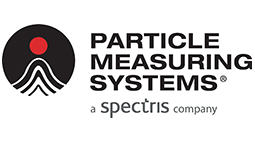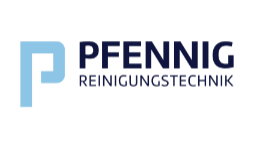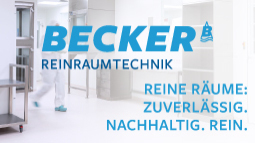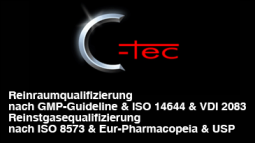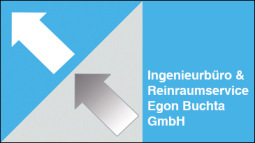GefStoffV � TRGS � REACH � GHS/much new of the rules for dangerous materials
by Dr. Klaus Fr�hlichAuch if the dangerous material regulation only is straight times three years old, then she had to be changed nevertheless already occasionally. It is not sufficient thus to have only once up to date been but one must strive actively, in order to remain on the newest conditions. In on 1 January 2005 into force stepped dangerous material regulation the technical rules have received for dangerous materials (TRGS), which to the conversion the dangerous material regulation are used, a new legal meaning, why all rules must be revised. At present scarcely half of the earlier TRGS is changed over, it gives thus still another whole row of information, on which to be referred to for nearly everyone is worthwhile oneself. The last changes are of special importance for small and middle enterprises, which waited for it for a long time: the TRGS 400 (endangerment evaluation), the TRGS 500 (preventive measures), which " in former times also than; Mindeststandards" , the TRGS 555 (operating instruction and instruction) was designated or for laboratories the TRGS 526 (laboratories), which " also under the designation; Laborrichtlinie" admits is. These rules is common to all that each user can assume that, everything correctly and to the protection of the health to have sufficiently arranged if it keeps in the TRGS described boundary conditions and preventive measures (assumption effect). Knowledge and adherence to the rules saves thus much money, time and nerves. Thus in the TRGS 526 will be pointed out, as � under exactly specified conditions � the defaults of the dangerous material regulation in the laboratory be more simply converted can than in a production enterprise, without neglecting the protection goal of the health from persons employed to. The newest and the next change of the dangerous material regulation become us from the European Union and/or of the UN vorgegeben1. The REACH regulation: REACH stands for OF chemicals, thus registration, for Registration, evaluation and Authorization (and Restriction) evaluation, permission (and restriction) of chemicals: � Starting from 1 January 2009 the dangerous materials may be only manufactured or brought in circulation, which were registered before. This registered dangerous materials may be used only for the activities, which likewise registered and certified are. One considers that of approx. 16. 000 dangerous materials only data of approximately 3,000 materials, used in Germany, it is present, becomes fast clear that in the given timeframe hardly is to be created. � In the time of 1 June until 30 November 2008 dangerous materials and the activities planned thereby can be before-registered. For this must be submitted clearly fewer data than for the full, final registration, for which there are transition periods between 3,5 and 11 years. The advantage of the Vorregistrierung: The materials can be manufactured, introduced or used transitionless also after 1 January 2009 further. Materials or intended purposes, which were not before-registered before 1 December 2008, can be manufactured, introduced or used after 1 January 2009 only after a very much aufw�ndigeren full registration (further). Note: The transition periods specified in REACH are valid only for before-registered materials and before-registered activities! � The new data, which must be now determined by REACH, will be for employers and persons employed very useful for the evaluation of health questions also in the context of the endangerment evaluation. � Due to the fact that the requirements are regulated to the safety data sheet with REACH, it had to be changed � for the 6 GefStoffV converting TRGS 220 in the dangerous material regulation � of the 6 (safety data sheet) and be withdrawn consequently. It is present today in updated form as proclamation 220, has however now no assumption effect mehr.2. The GHS regulation: GHS stands for Globally Harmonized system OF Classification and Labelling OF chemicals, system thus global harmonized for the classification and marking of chemicals. The regulation was advised and decided at the beginning of the 90's of the UN. A goal is it to standardize and eliminate thus the today still occurring different classification criteria and markings, which occur both national between handling activities and transportation procedures and internationally, world-wide. Nearly daily Umetikettierungen between jobs such as storage and transport (and that today also still differently whether on the road or in air) is void thereby just like different markings, depending on, from which country the dangerous material is supplied. The internationally agreed upon new classification criteria will lead to the fact that in Germany the number of poisonous materials will double itself probably nearly, because world-wide sharper classification criteria are usual than so far in Germany. This can perhaps influence on existing operation permits have or these if necessary make in the future necessary. GHS was set in many countries already into force and would have already last year in the European Union to be announced sollen.REACH and GHS is both for regulations, for which no national conversions are necessary. They will be able by the European parliament decided and national not be adapted or changed. While the REACH regulation covers scarcely 300 sides, is with GHS alone the plant 1, in which the limit value concepts descriptive and which are fixed limit values, over 160 sides long and the list of the limit values already specified extends to more than 900 sides. That is to be hardly still mastered by self-instructions! Here it is worth to always take itself, overviews or action assistance from experts to the hand.
This text was translated automatically.
